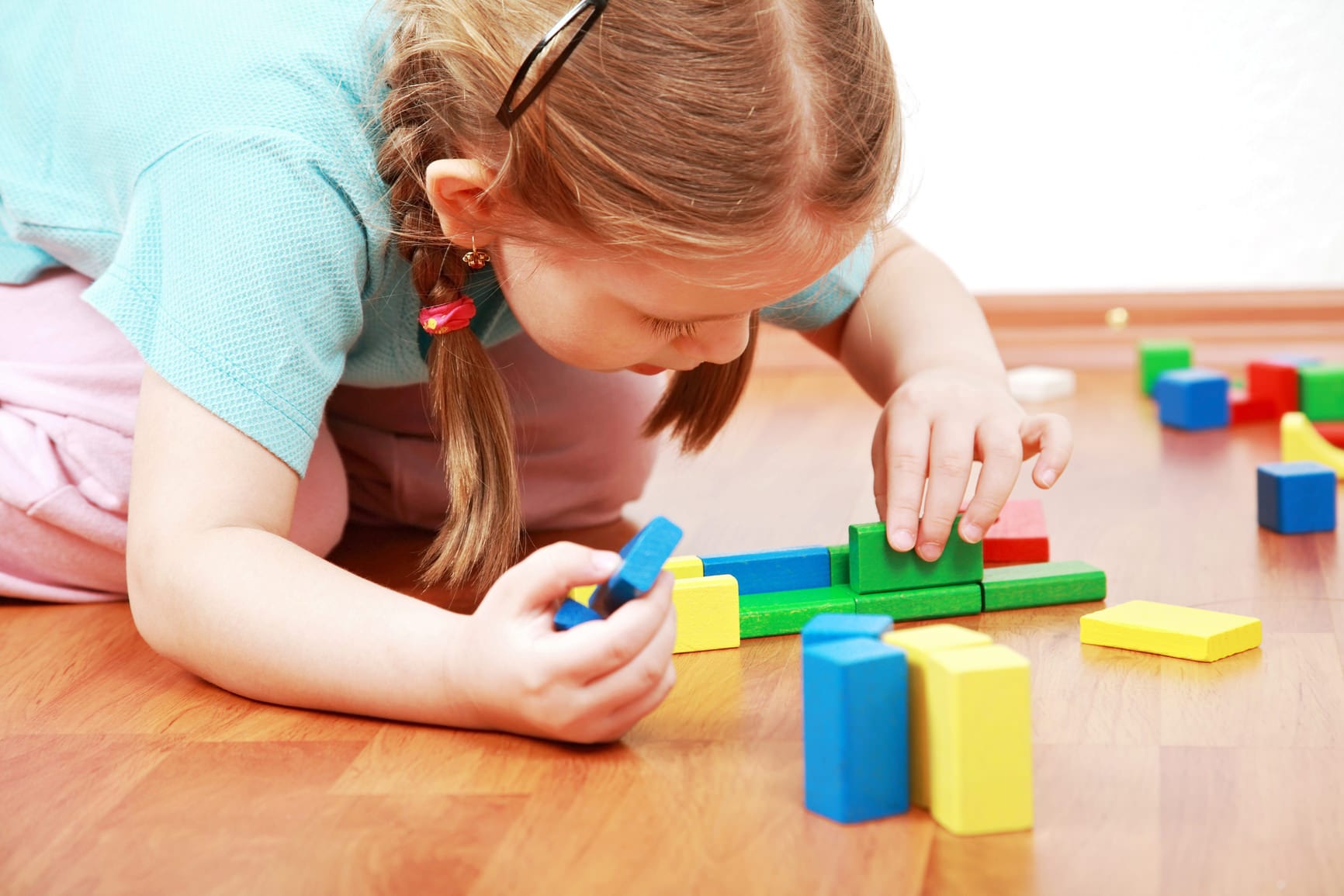All growth follows a pattern, and each child has his own built ingrowths pattern and ‘timetable’. Some mature very rapidly in all areas and other lag behind their age group in one or more of the four areas of development—physical, mental, social, or emotional.
Research shows that children exhibit every conceivable combination and variation in their growth patterns. Some grow at the same rate in all four areas, while others grow unevenly.
Children may show rapid physical development with slow mental development. In addition, the same child may show both spurts and legs in his growth and development.
ADVERTISEMENTS:
These differences are mainly the result of the built-in growth pattern but may be influenced to a limited extent by disease, nutritional deficiencies, or other extreme environmental deprivations.
The Child from Six to Ten:
Middle childhood usually covers the years between six and ten. In this period the child is growing in all parts of his body but less rapidly than in early childhood.
Muscular growth and coordination are uneven and incomplete, but manual dexterity and eye-hand coordination have developed sufficiently to allow the child to use his hands and fingers for writing, drawing, sewing, and playing musical instruments.
ADVERTISEMENTS:
He still has better control over the large muscles than he does over the small. The child needs opportunities for active play to release pent-up energy and a balance of rest and relaxation to meet the increasing demands which school places upon him.
The mental development in middle childhood is characterized by learning to read and by the acquisition of many other knowledge’s and skills. Olson says there is evidence that these children learn best when they can be active while learning.
These child rend are becoming more independent, are learning to take more responsibility and to show increasing control of emotions. This is a period of emerging values with some concern about right and wrong.
The Child from Ten to Thirteen:
Children in grades 4 to 6 have received only limited attention in research and in the study of human growth and development.
ADVERTISEMENTS:
These children are active and want to be on the move. Physical growth is slow, and health is good.
Some, particularly the girls, may be maturing more quickly and may advance into the more rapid growth phase of prepubescence. The child of twelve or thirteen may show evidence of physical ungainliness and awkwardness of movement.
Enlarging hips, breast development, and menstruation may present problems of adjustment for those girls who are earlier mature.
Voice changing and characteristic sex changes and developments in boys may appear in grade 5 to 6. These pupils want to be making things, want to be doing and performing in response to their need to try out their own powers.
This is the period when children are showing a tendency to draw away from adults and to turn towards their peers for companionship and for modes of living. Independence in ideas and activity is normal behaviour at this age.
These children need support from both adults and peers, for both help in defining acceptable limits of behaviour.
In many cases children show fears and worries which centre in developing independence, parental and school expectations, and home problems. Competition may also be a threat to emotional well-being.
Later childhood is characterised by a desire to learn and by a wide variety of interests. The child is developing an understanding of cause and effect, forming concepts, and beginning to solve simple problems.
Implications for Education:
In a summary of studies of how human beings grow and develop, we see the following:
Children are both similar and different
(a) Each individual grows according to his own time schedule and in his own style.
(b) Growth takes time; it can be encouraged but not forced.
(c) Both nature and nurture play a part.
(d) Growth of abilities in the same individual often varies.
(e) Growth is continuous, following an orderly sequence in each individual.
We also learn the conditions in the environment which encourage the proper development of human beings are:
1. Those which support physical well-being and stimulate growth—food, warmth, air, light, activity and rest, and safety;
2. Those which support emotional well-being—giving a sense of security and of worth or self-respect; and
3. Those which lead to increased ability to cope independently with life situations.
Finally, the emotional needs of all human beings must be kept in mind when we attempt to understand the nature of elementary school children.
These are the need for belonging, achievement, economic security, love and affection; the need to be free from fear and relatively free from guilt; the need for self-respect and self- understanding.

